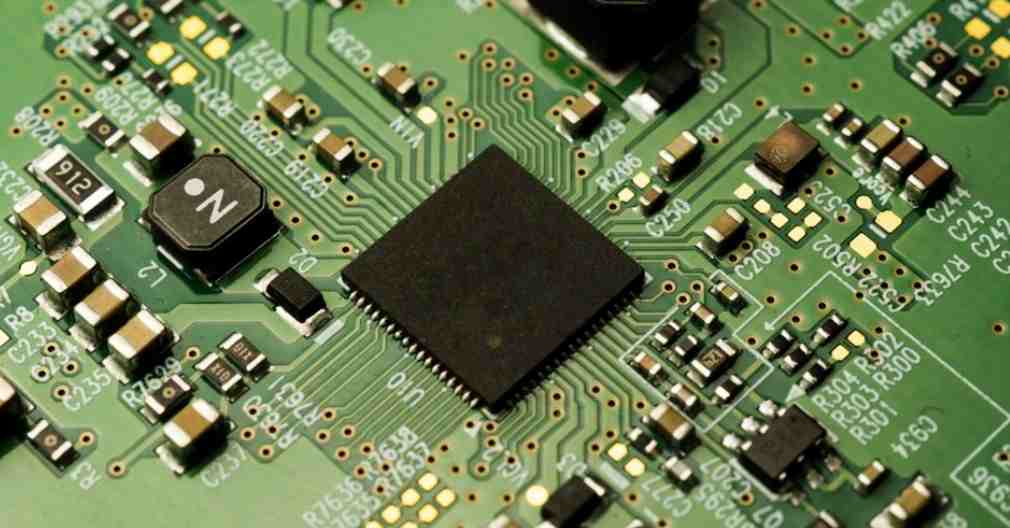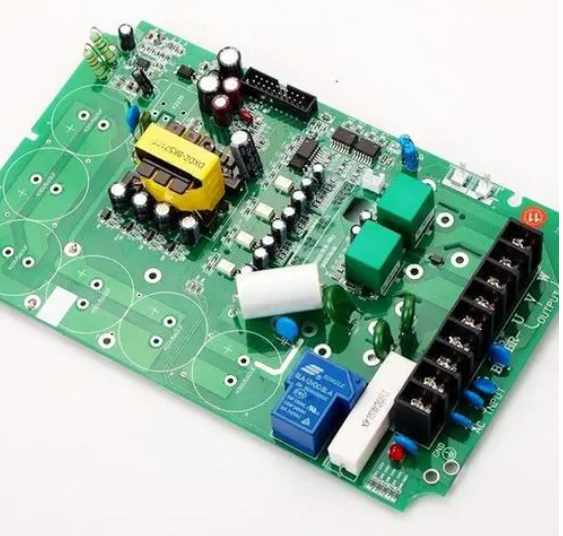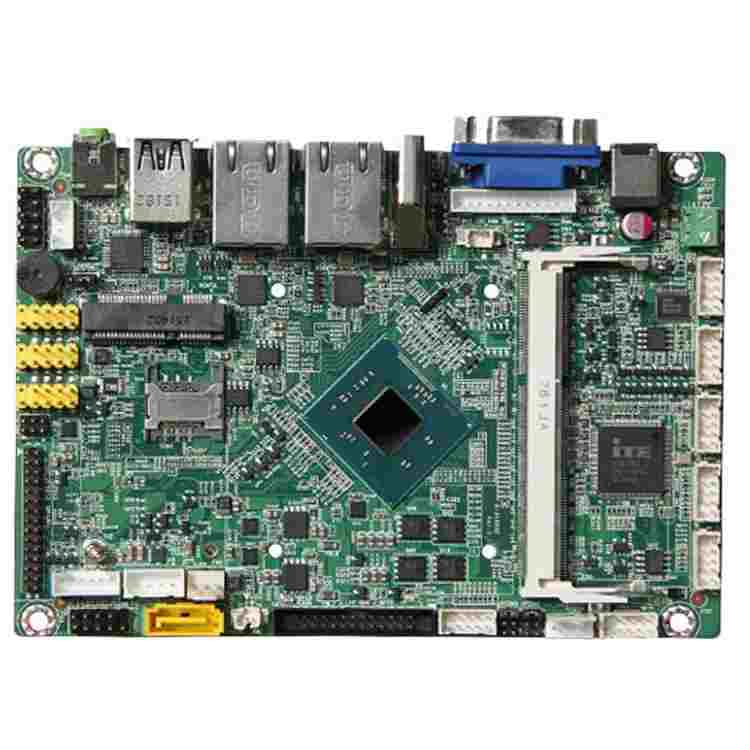
First, circuit board welding skills
1. The process flow of selective welding includes: flux spraying, circuit board preheating, dip welding and drag welding. Flux coating process In selective welding, flux coating process plays an important role.
At the end of welding heating and welding, the flux should be sufficiently active to prevent the generation of Bridges and prevent the oxidation of the circuit board. Flux spraying The circuit board is carried by the X/Y manipulator through the flux nozzle, and the flux is sprayed to the welding position of the PCB circuit board.
2. For microwave peak selective welding after reflow welding process, it is important to accurately spray the flux, and micro-hole injection will not contaminate the area outside the solder joint.
The figure diameter of the micro-spraying flux point is greater than 2mm, so the flux position accuracy of the spraying deposit on the circuit board is ±0.5mm, in order to ensure that the flux is always covered in the welding position.
3. The process characteristics of selective welding can be understood by comparing with wave soldering. The obvious difference between the two is that the lower part of the circuit board in wave soldering is completely immersed in the liquid solder, while in selective welding, only some specific areas are in contact with the solder wave.
Since the circuit board itself is a poor heat transfer medium, it does not heat and melt the solder joints in the area adjacent to the components and the circuit board during welding.
Flux must also be pre-applied before welding. Compared with wave soldering, flux is only applied to the lower part of the board to be welded, not the entire PCB board.
In addition, selective welding is only applicable to the welding of plug-in components. Selective welding is a brand new method, and a thorough understanding of selective welding process and equipment is necessary for successful welding.
Two, circuit board welding precautions
1, remind everyone to get the PCB bare board should be the first appearance inspection, to see whether there is a short circuit, open circuit and other problems, and then familiar with the development of the board schematic diagram, schematic diagram and PCB screen layer contrast, to avoid the schematic diagram and PCB inconsistent.
2. After the materials required for PCB welding are ready, the components should be classified into several categories according to their sizes for the convenience of subsequent welding. A complete material list needs to be printed. In the welding process, if you have not finished welding, you will cross out the corresponding options with a pen, so as to facilitate the subsequent welding operation.
3. Anti-static measures such as wearing electrostatic rings should be taken before welding to avoid electrostatic damage to components. After the equipment required for welding is ready, ensure that the soldering iron tip is clean and tidy. It is recommended to use flat Angle welding iron for initial welding. When welding such as 0603 package components, the iron can better contact the pad and facilitate welding. Of course, for the expert, this is not a problem.
4. When selecting components for welding, welding should be carried out in accordance with the order of components from low to high and from small to large. In order to avoid the larger components welded to the smaller components of the welding inconvenience. Priority is given to soldering integrated circuit chips.

5. Before welding integrated circuit chips, ensure that the orientation of the chips is correct. For the chip screen layer, the general rectangular pad represents the starting pin. During welding, a pin of the chip should be fixed first. After fine-tuning the position of the components, the diagonal pin of the chip should be fixed so that the components are connected to the exact position before welding.
6. Chip ceramic capacitor and voltage regulator diode in voltage regulator circuit have no positive and negative poles, while light-emitting diode, tantalum capacitor and electrolytic capacitor need to distinguish positive and negative poles. For capacitors and diode components, the marked end should be negative. In the package of a patch LED, the direction along the lamp is positive - negative. For the silk-screen marked as diode circuit diagram package components, the vertical end should be placed at the diode negative extreme.
7. For crystal vibration, passive crystal vibration generally has only two pins, and there is no positive or negative division. Active crystal oscillator generally has four pins. It is necessary to pay attention to the definition of each pin to avoid welding errors.
8. For the welding of plug-in components, such as power module related components, the pin of the device can be modified before welding. After the components are placed and fixed, the soldering tin is generally melted on the back through the soldering iron and then the welding pad is integrated into the front. It is not necessary to put too much solder, but the components should be stable first.
9. PCB design problems found during welding should be recorded in time, such as installation interference, incorrect pad size design, component packaging errors, etc., for subsequent improvement.
10, after the completion of welding should use a magnifying glass to check whether there is virtual welding and short circuit.
11, circuit board welding work is completed, should use alcohol and other cleaning agents to clean the surface of the circuit board, prevent the circuit board surface attached to the iron filings to make the circuit short circuit, but also can make the circuit board more clean and beautiful.
Three, double-sided circuit board characteristics
The difference between a single - sided circuit board and a double - sided circuit board is the number of layers of copper. Double-sided circuit board is the circuit board on both sides of the copper, can be connected through the hole conduction. The single side only has a layer of copper, can only do a simple line, the hole can only be used to plug can not be conductive.
The technical requirements of the double-sided circuit board are that the wiring density is larger, the aperture is smaller, and the aperture of the metallization hole is smaller and smaller. Layer to layer interconnection depends on metallized holes, quality is directly related to the reliability of printed board.
With the reduction of the aperture, the original debris that has no effect on the larger aperture, such as brush debris and volcanic ash, once remaining in the hole, will make the chemical precipitation of copper, electroplating of copper will lose effect, the hole without copper, become the fatal killer of hole metallization.
Four, double-sided circuit board welding method
In order to ensure that the double-sided circuit has a reliable conductive effect, EDA365 electronic forum suggests that the connecting hole on the double panel should be welded with wire first (that is, the perforated part of the metallization process), and the protruding part of the connecting line should be cut to avoid injury to the operator's hand. This is the preparation work for the connecting of the board.
Two sided circuit board welding essentials:
1. The devices that require shaping shall be processed according to the requirements of the process drawings; That is, plastic first and then plug-in.
2, after shaping the diode model face should face up, there should not be two pin length inconsistent phenomenon.
3, the polarity requirements of the device insertion should pay attention to its polarity should not be inserted, roll integrated block components, after insertion, whether vertical or horizontal devices, shall not have obvious tilt.
4. The power of the electric iron used for welding is between 25 and 40W, and the temperature of the electric iron head should be controlled at about 242℃. If the temperature is too high, the head is easy to "die", and the temperature is too low to melt the solder, the welding time is controlled at 3~4 seconds.
5, formal welding generally in accordance with the device from high to high, from the inside out of the welding principle to operate, welding time to master, too long time will burn the device, will also burn the copper covered plate on the copper covered wire.
6. Because it is double-sided welding, it should also be done to place a process frame such as circuit board, so as not to pressure the following devices.
7, the circuit board after the completion of welding should be a comprehensive number in the type of inspection, check the place of leakage leakage welding, after confirming the circuit board of excess device pins such as trimming, after flowing into the next process.
8, in the specific operation, should also strictly follow the relevant process standards to operate, to ensure the welding quality of the product.
With the rapid development of high technology, electronic products closely related to the public are constantly upgrading, the public also needs high performance, small size, more functions of the electronic products, which puts forward new requirements for the circuit board.
Double-sided circuit board is thus born, because of the wide application of double-sided circuit board, the printed circuit board manufacturing also to light, thin, short, small development.







